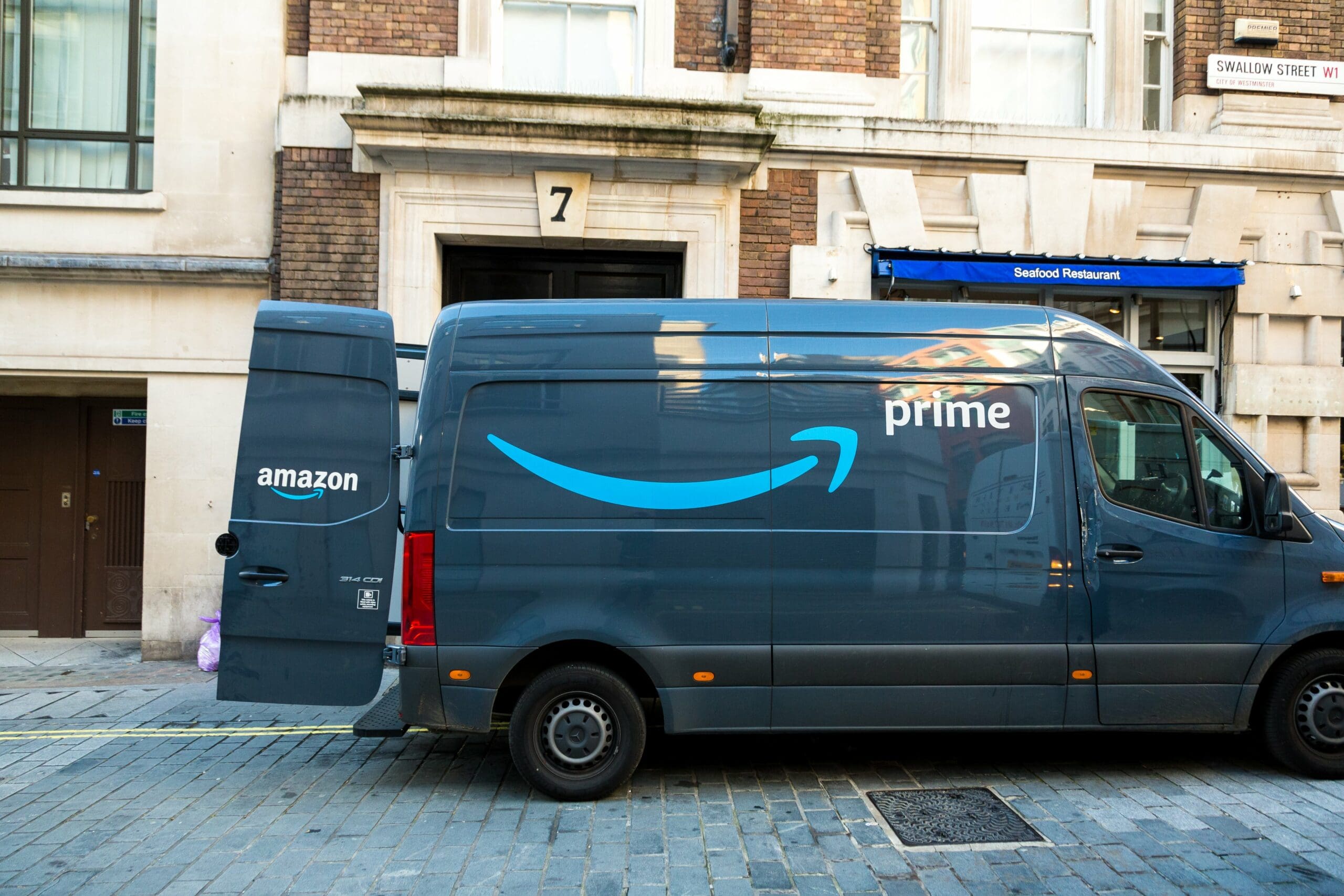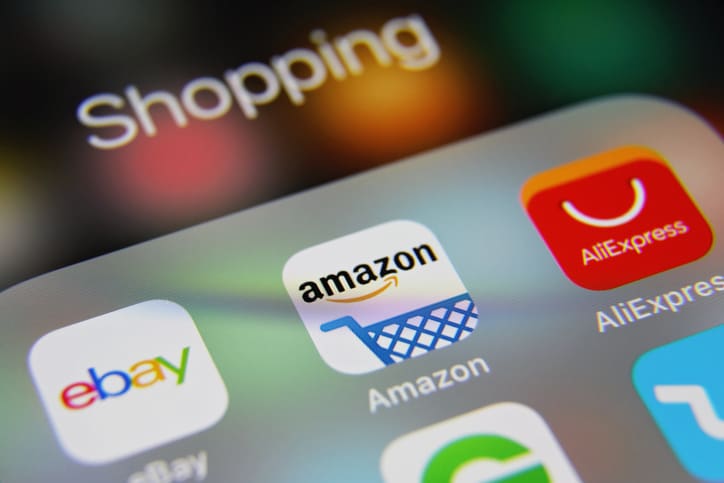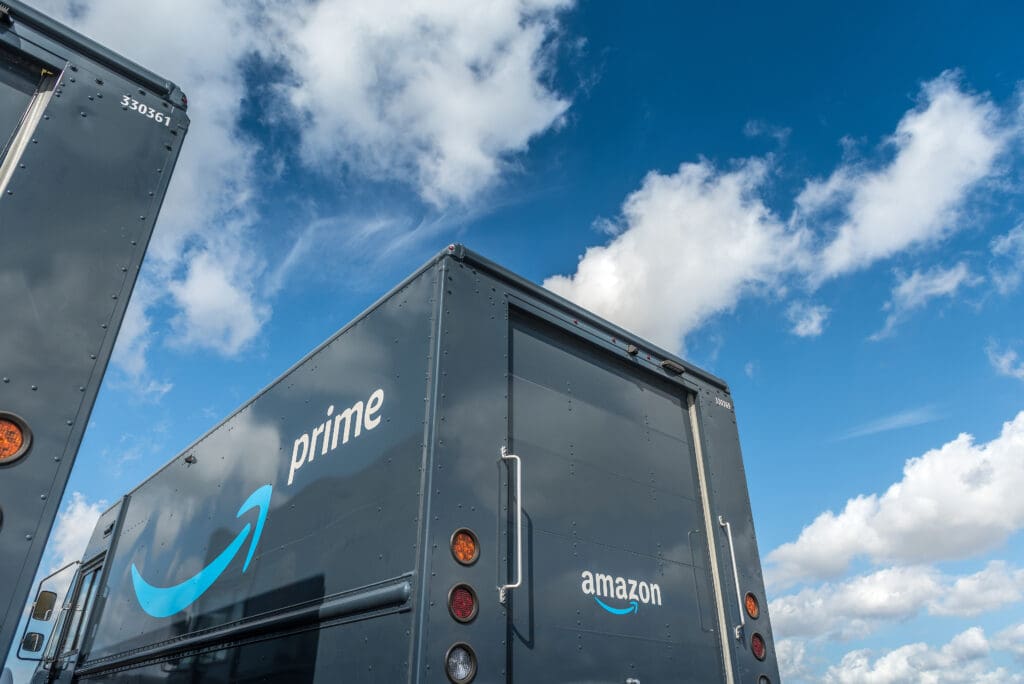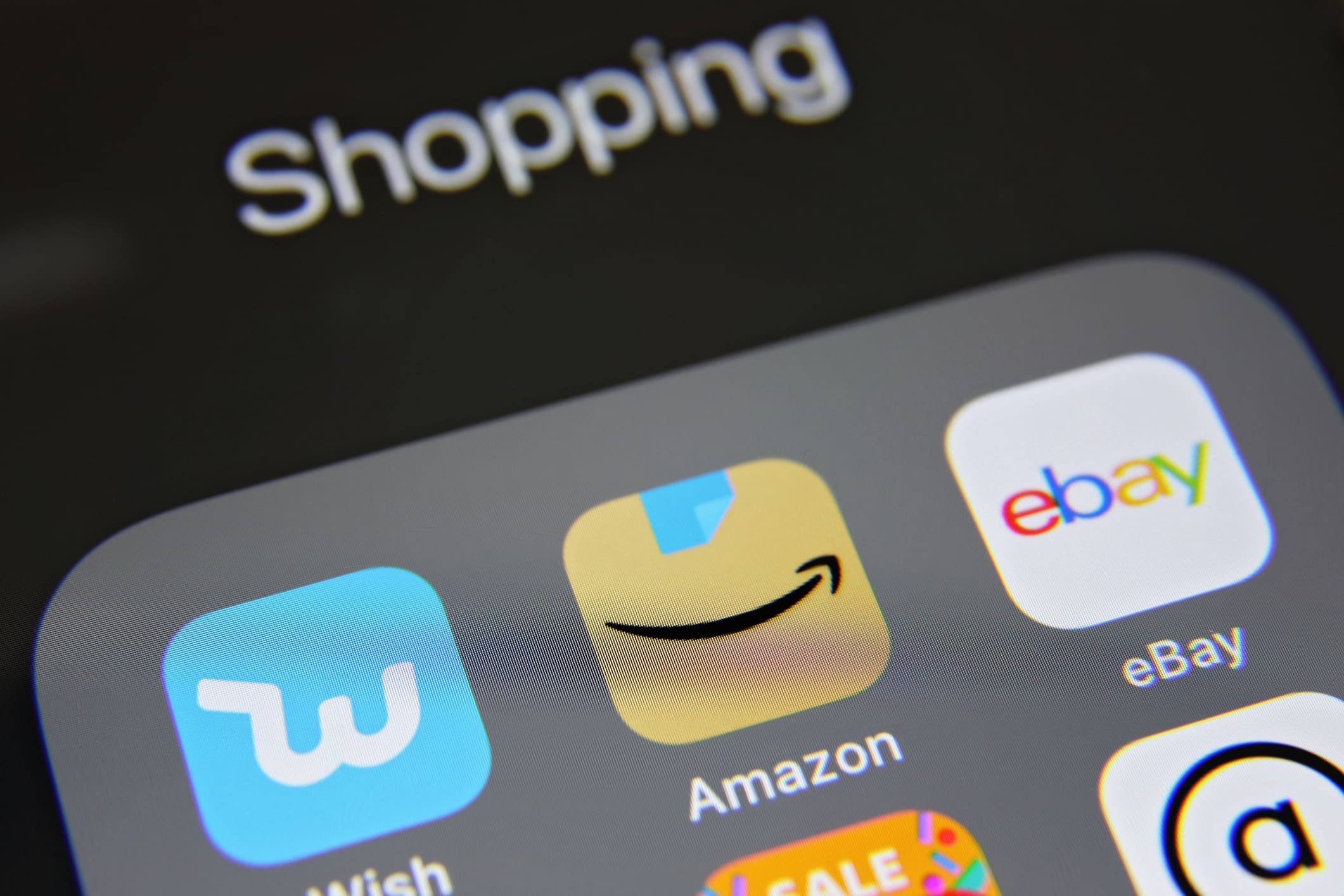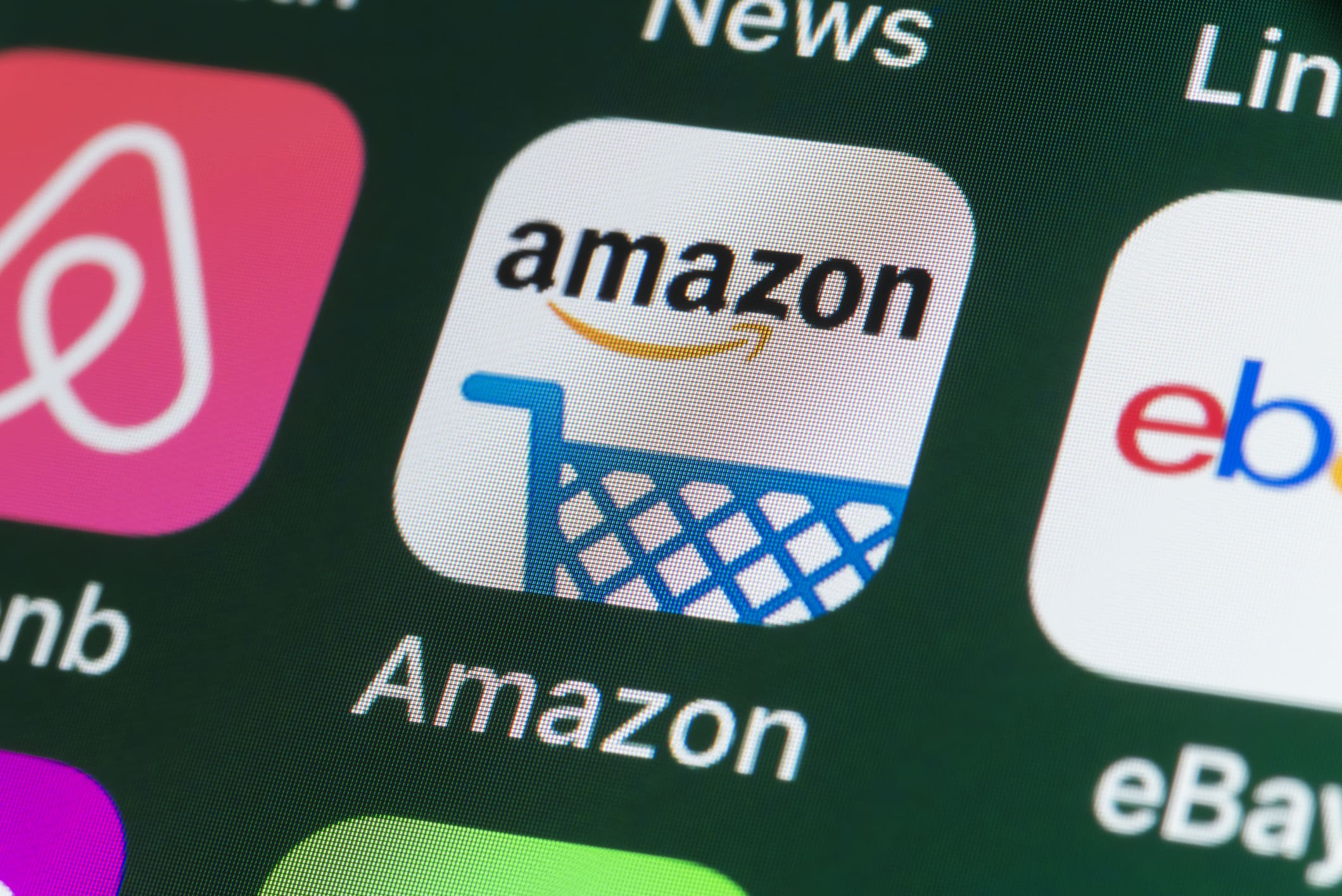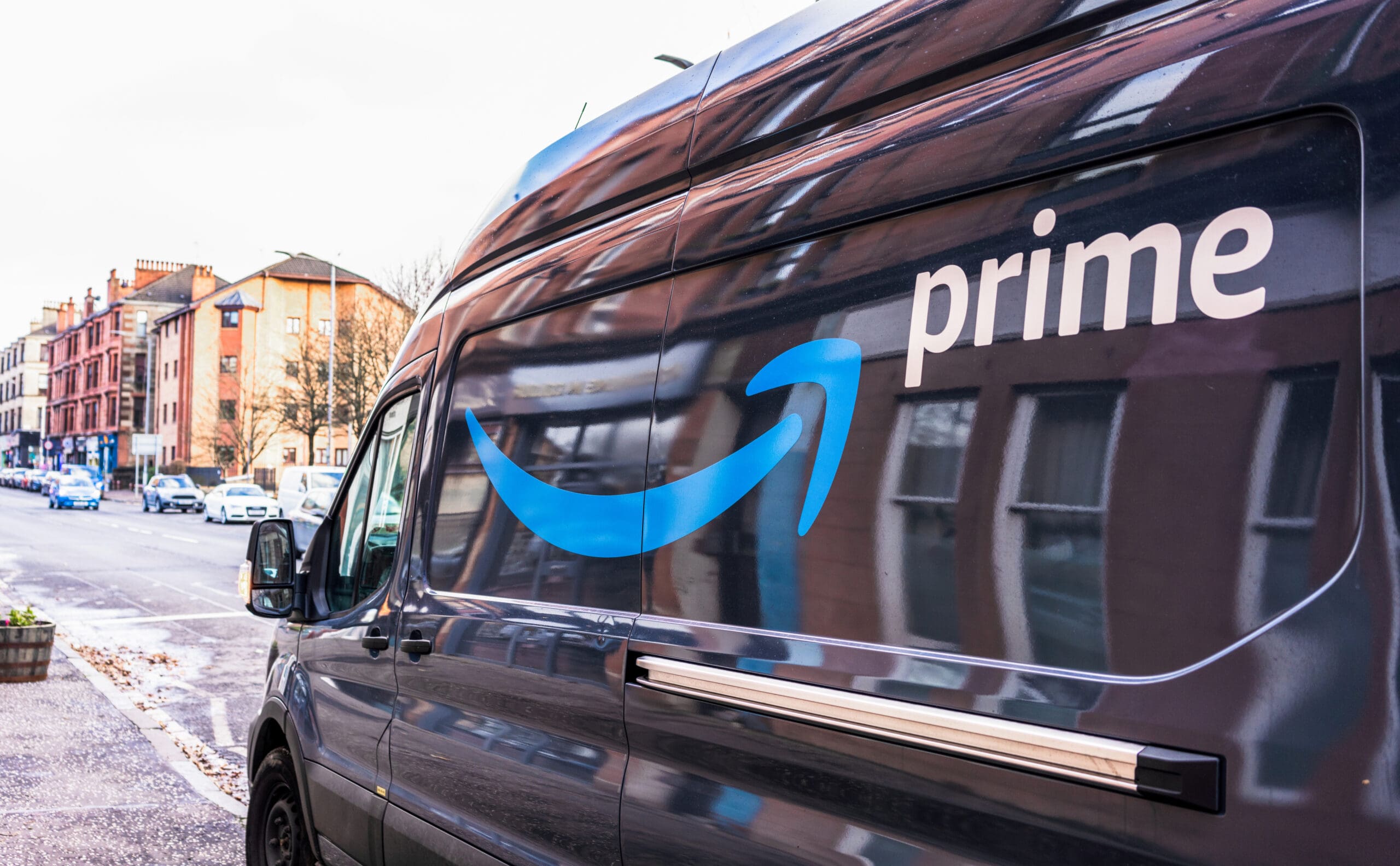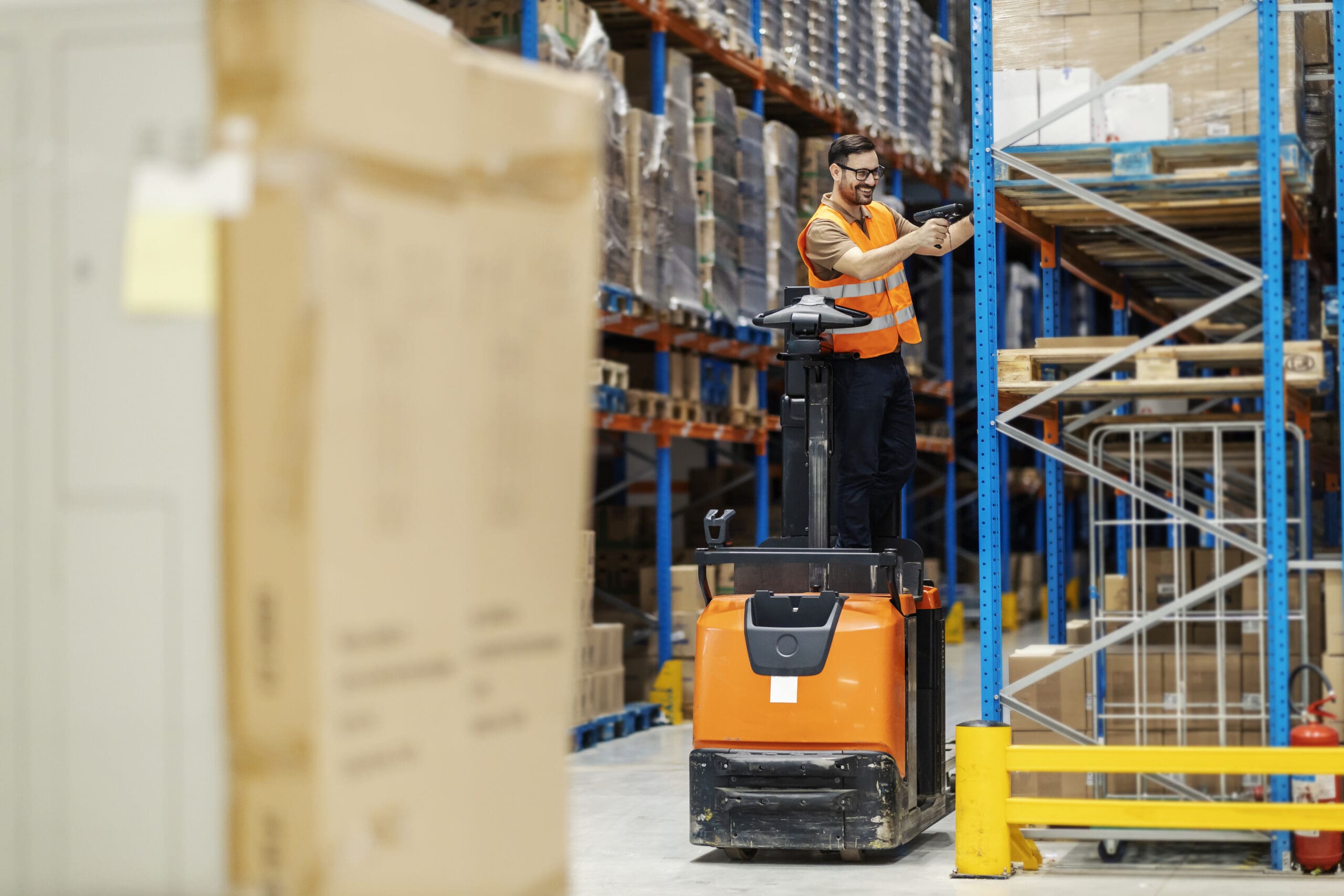Searching endlessly for how to source products to sell on Amazon?
Amazon product sourcing is an essential aspect of running a successful business on the platform. Finding the right products at the right price can be a challenging task, and inventory management can be a crucial factor in ensuring success. Fortunately, there are tools and resources available to help sellers navigate these challenges, such as Kickfurther.
Kickfurther is a funding platform that allows brands to take control of their business. With a unique business model, E-commerce sellers sometimes struggle to obtain financing. Amazon inventory financing is available though, and at a cost that allows sellers to remain profitable. Our team of passionate entrepreneurs at Kickfurther is dedicated to helping small businesses maintain control of their businesses while growing. Success on Amazon is highly dependent upon having the right products to sell and at the right price. Plus, it’s important to always keep those products in stock so you don’t miss a sale. With access to working capital you can fund inventory, purchase inventory in bulk, and invest in hiring help, managing inventory, and other critical business functions.
But before you dive into funding, let’s review how to source products to sell on Amazon.
What is Amazon product sourcing?
Amazon product sourcing refers to the process of finding and selecting products to sell on Amazon. This includes identifying potential products, evaluating their profitability and market demand, negotiating with suppliers, and managing the logistics of getting the products to Amazon’s fulfillment centers.
The goal of product sourcing is to find products that are in high demand, have a good profit margin, and are not too competitive. This can involve researching trends, analyzing sales data, and staying up to date with changes in the market. There are various ways to source products for Amazon, including working with manufacturers or wholesalers, finding private label products, or sourcing products from overseas suppliers. Successful product sourcing is a crucial component of building a profitable Amazon business.
What are the different ways to source products for an Amazon business?
There are several ways to source products for an Amazon business. Some of the most common methods include the following.
- Retail Arbitrage: This involves finding products in retail stores that can be sold on Amazon for a higher price. If you love to shop for deals – this may be right up your alley.
- Online Arbitrage: Similar to retail arbitrage, online arbitrage involves purchasing products from online retailers at a discounted price and then reselling them on Amazon. For retail and online arbitrage you can use applications that help determine a product’s online value and demand.
- Wholesale: Wholesale involves buying products in bulk directly from manufacturers or distributors at a discounted price. Purchasing in bulk can help you access products at a lower price. By utilizing inventory funding you can free up cash flow to afford more inventory.
- Private Labeling: Private label sellers find manufacturers to produce their products and then sell them under their own brand name on Amazon.
- Dropshipping: Dropshipping involves listing products for sale on Amazon without actually holding inventory. When an item sells, the seller purchases the product from a third-party supplier who ships it directly to the customer.
- Overseas Sourcing: This involves finding products from overseas manufacturers or suppliers, typically in China, and importing them to sell on Amazon.
Each sourcing method has its own advantages and challenges, and it is important to choose the one that fits your business goals, budget, and resources.
How to find profitable products to sell on Amazon
Finding profitable products to sell on Amazon can be a challenging task, but there are several strategies you can use to identify potential products. We encourage sellers to utilize resources that help identify selling opportunities on Amazon. In addition, here are some tricks to help you find profitable products to sell on Amazon.
- Research best-selling products
- Look for products with low competition
- Use keyword research
- Check profit margins
- Consider seasonal trends
- Evaluate product quality
- Software or applications that analyze products and opportunities
It’s important to conduct thorough research and analysis before investing in any product to ensure that it aligns with your business goals and budget. Expect to go through successes and failures before finding the product mix that takes you to the top.
Common challenges associated with sourcing for an Amazon business
Sourcing for an Amazon business can come with several challenges. Some of the most common challenges include the following.
- Finding profitable products: Identifying profitable products that have high demand, low competition, and good profit margins can be challenging, especially in a highly competitive marketplace like Amazon.
- Ensuring product quality: Finding high-quality products that meet customer expectations and standards is crucial to maintaining a positive reputation and avoiding negative reviews and returns.
- Managing inventory: Balancing inventory levels can be tricky, as overstocking or understocking can impact sales and profitability.
- Managing supplier relationships: Maintaining good relationships with suppliers is critical for obtaining quality products and timely delivery. However, communication and negotiation can be challenging, particularly when dealing with overseas suppliers.
- Keeping up with market trends: The e-commerce market is constantly evolving, and it can be challenging to keep up with the latest trends and changes in consumer behavior.
- Adapting to Amazon’s policies: Amazon’s policies and guidelines can change frequently, and it can be challenging to stay updated and compliant with these policies, particularly for new sellers.
- Managing cash flow: Sourcing for products and managing inventory can require a significant upfront investment, which can impact cash flow.
Navigating these challenges can be challenging, but with careful planning, research, and execution, sellers can build a profitable and sustainable Amazon business. Keep going, you’ve got this.
Tips for choosing a supplier for your Amazon business
Choosing the right supplier is a critical decision for any Amazon business. You’ll want to work with reliable suppliers that prioritize quality. Here are some tips to help you choose the right supplier.
- Evaluate their product quality
- Assess their reliability
- Check their pricing
- Review their past performance
- Look for transparency
- Ensure they are compliant
- Check their capacity
- Consider their location
By following these tips, you can choose a reliable and trustworthy supplier that can help you grow your Amazon business.
Best practices for managing your inventory and ensuring you have enough inventory to meet demand
Effective inventory management is crucial for any Amazon business. To manage inventory effectively, you should consider forecasting demand using historical sales data and trends. You should also set minimum stock levels to avoid stockouts and overstocking, and optimize lead times with suppliers to ensure timely delivery. Sellers should regularly monitor their inventory levels and adjust their ordering strategy accordingly. Additionally, you can use Amazon’s inventory management tools and services, such as the Inventory Performance Index (IPI) and Fulfilled by Amazon (FBA), to streamline your inventory management processes.
By implementing these best practices, sellers can ensure that they have enough inventory to meet demand, avoid stockouts, and maintain customer satisfaction.
Legal considerations to be aware of
When selling on Amazon, there are several legal considerations that sellers should be aware of. By being aware of these legal considerations and complying with relevant laws and regulations, sellers can operate their Amazon businesses successfully and avoid legal issues. It’s important to consult with legal and tax professionals to ensure compliance with all applicable laws and regulations. Here are some of the most important ones to keep in mind.
- Intellectual property rights
- Product liability
- Sales tax
- Data privacy
- Advertising regulations
- Import/export regulations
- Counterfeit products
Best strategies to scale your Amazon business with product sourcing
Here are some strategies that can help scale your Amazon business through effective product sourcing.
- Expand your product catalog: Continuously expand your product catalog by sourcing new and trending products that complement your existing offerings. This will help you increase your customer base and revenue streams. It can also help you diversify your revenue streams to survive seasonal and market changes.
- Develop a sourcing network: Develop a network of reliable and trustworthy suppliers by attending trade shows, reaching out to manufacturers, and building relationships with wholesalers and distributors. This can enable you to source products at lower costs, negotiate better deals, and access unique products.
- Diversify your sourcing channels: Use multiple sourcing channels, such as online marketplaces, trade shows, and overseas suppliers, to access a wider range of products and suppliers. This can help you reduce the risk of supply chain disruptions and improve your product selection.
- Optimize your inventory management: Optimize your inventory management by using software tools and analytics to forecast demand, manage stock levels, and identify slow-moving products. This can help you avoid stockouts, reduce carrying costs, and improve your overall efficiency.
- Leverage Amazon programs and services: Take advantage of Amazon’s programs and services, such as Fulfillment by Amazon (FBA), Amazon Advertising, and Amazon Brand Registry, to increase your visibility, sales, and brand recognition. These programs can also help you improve your customer service and fulfillment capabilities.
- Continuously monitor and analyze performance: Continuously monitor your performance metrics, such as sales, profitability, and customer feedback, to identify areas for improvement. Use this data to optimize your sourcing strategies, product offerings, and pricing.
By implementing these strategies, you can effectively scale your Amazon business through strategic product sourcing.
Closing thoughts
Effective Amazon product sourcing is essential to the success of any Amazon business. By using a combination of sourcing strategies and tools, sellers can expand their product catalogs and scale their businesses. However, sourcing inventory requires capital, which can be a significant challenge. This is where Kickfurther comes in – offering flexible funding options to help you secure the inventory you need to grow your business. By partnering with Kickfurther, we can fund up to 100% of your inventory costs on flexible payment terms that you control.
How Kickurther can help
Becoming a seller on Amazon can present a unique set of challenges for business owners. As demand for your products grows, maintaining working capital can be difficult while trying to fulfill a growing number of orders. Kickfurther funds up to 100% of your inventory costs on flexible payment terms that you customize and control. With Kickfurther, you can fund your entire order(s) each time you need more inventory and put your existing capital to work growing your business without adding debt or giving up equity.
Interested in getting funded at Kickfurther? Here are 3 easy steps to get started:
#1. Create a free business account
#2. Complete the online application
#3. Review a potential deal with one of our account reps & get funded in minutes

